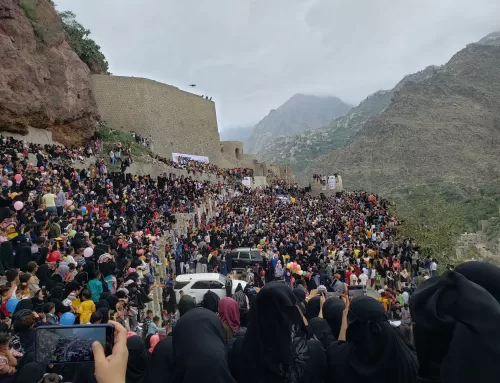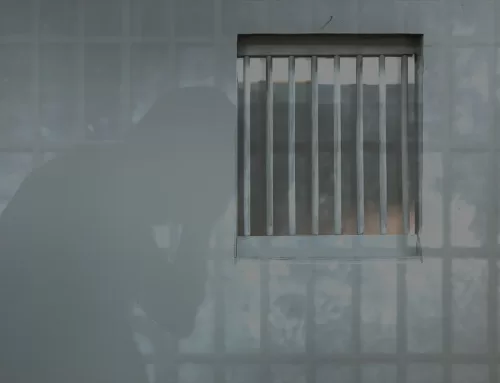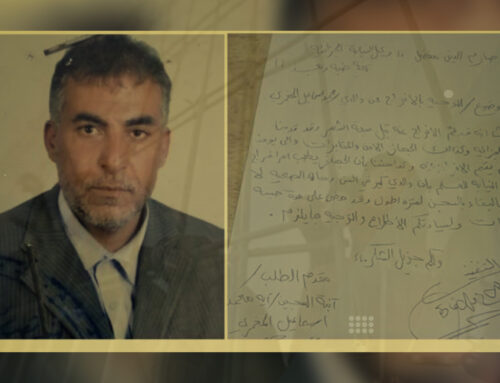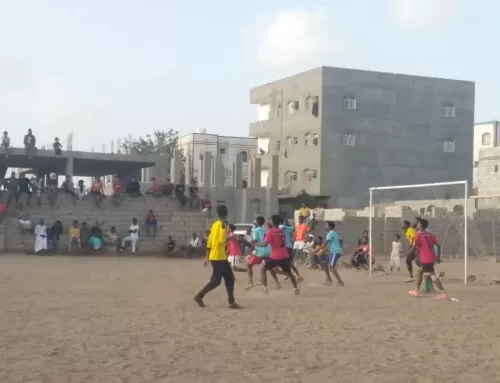This blog is for journalists, photographers, rights activists, field researchers, medical workers and relief workers
Dec 19,2018
Wars and armed conflicts, whatever their nature, place and time, involve multifaceted complexities and levels, not all related to the conduct of military operations and the status of the parties to the conflict. In the midst of these circumstances, the challenges facing independent press and media work, relief and humanitarian work, are an extremely significant part of these complexities.
On one hand, there is no war or conflict that does not necessitates the need for “independent” media coverage to maintain the flow of information to the public, so that the general public understand what they need to know about the course of the war and the state of public safety, movement, and relief supplies routes. People in areas of armed conflict also need such a flow of information to stay aware of military operations that target certain locations for civilians to avoid, situations of displacement from disaster-stricken areas to safer areas, and other important matters. The exceptional role played by relief and humanitarian organizations and teams is not limited to the provision of a significant array of needs to the civilian population in conflict areas, including food, medicines, treatment and other urgent services needed by civilians.
On the other hand, the ability of journalists, media professionals and relief workers to perform their tasks, in a way that preserves their safety and security, is another matter that requires scrutiny.
It is true that the nature of such works in the circumstances of war, and sometimes in normal circumstances, involves a certain amount of risk; however, it requires all measures and procedures for safety and security, which minimizes the risk margin as much as possible. In this context, it is worth remembering the well-known saying that civil professionals in these areas should always remember in the midst of war:
“There is no cause that is worthy of dying for, there are many issues which deserve to live for.”
The large number of journalists, activists and humanitarian workers who have been killed or wounded during the last three years of the war in different parts of Yemen pose a shocking fact to the magnitude of the casualties suffered by the community of researchers, media professionals, journalists and relief workers during the course of the armed conflict. These losses paint a tragic picture of professional business sectors whose essence is to contribute to reducing the number of victims and conveying the truth, rather than expanding the margin and number of war victims.
- Journalists and media personnel, including field reporters, television photographers, photojournalists and technical personnel of all kinds should avoid the following:
-
- Engage in any work that contributes to war, including auxiliary functions, nutrition, food delivery, guidance and mobilization;
- Use of military transportation means belonging to one of the parties to the war;
- Residing in military barracks of one of the parties to the war;
- Move within a combat group; and
- War correspondents of armed factions or fighting armies are military personnel and do not qualify as civilians.
- Relief and humanitarian workers should continue to work in the following manner:
- Within the teams of their organizations and their relief organizations and not within the formations of any armed organizations or armies;
- To appear in absolute and complete neutrality in all cases and in all areas, in which they are active in providing assistance to the population; and
- Not to provide aid, relief or any related acts under conditions by any warring party or to implement instructions issued by any of the warring parties.
- Researchers and Human Rights workers/ defenders should continue to work in the following manner:
- To work on their own without being escorted or accompanied by elements from armies or armed groups.
- To strictly use civilian vehicles (not military vehicles) when moving around.
- To keep away from the Front Lines and hostilities, as well as the gatherings of combatants.
- Not to carry any sort of weapons, and to wear clothing that distinguish themselves from any military or armed groups uniforms in order not to risk mistaken identity.
- Not to participate in combat or any other military activity which may include logistical support, resources mobilization, espionage, or transporting military correspondence.
There is another level of civilian professionals’ safety concerns the responsibility of media and relief agencies for the safety of their field personnel. The most important actions that these agencies may take:
- Hold safety training to qualify field personnel to work in war conditions;
- Existence of effective, clear and specific safety measures (before, during and after) the mission;
- Check the safety of employees and that their different capacities are suitable for the mission;
- Existence of an effective risk insurance capable of responding to any emergency;
- Periodic verification of employees’ compliance with safety and security guidelines;
- Provision of safety supplies to include special clothing and others;
- Provision of the agency’s badge and any other requirements that contribute to the identification of the worker visually from a sufficient distance;
- Periodic assessment of safety and security systems to ensure their efficiency, validity and suitability to the reality in which the worker is active;
- Continuous emphasis on the priority of team safety to any other matter;
- The strict orders not to move in the crossfire and in the midst of clashes;
- Periodic verification that field personnel have sufficient knowledge of the rules of engagement as required by the International Humanitarian Law, and that they know the distinction between legitimate and illegitimate targets; and
- Periodic verification that field personnel have sufficient knowledge of the importance of maintaining the civil status of civil workers in civil fields.






